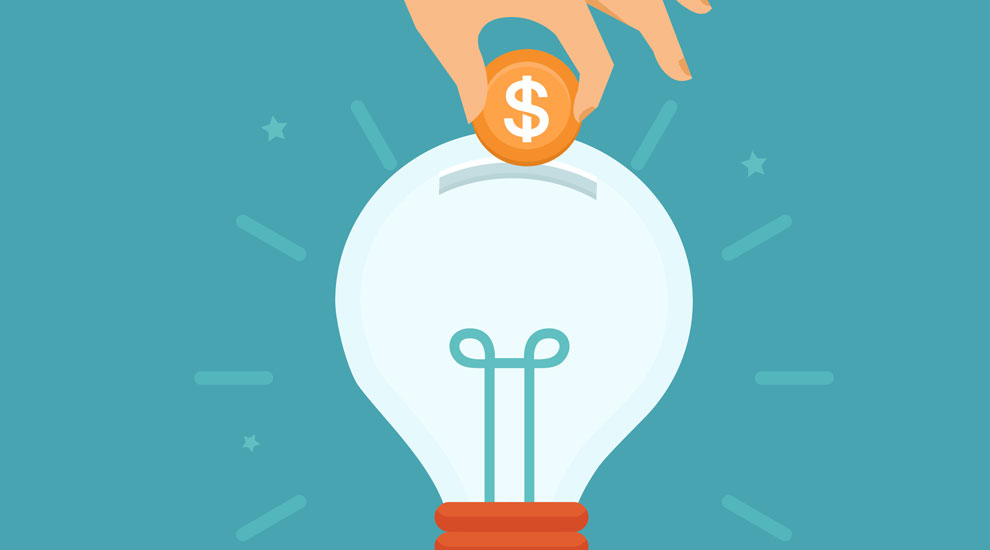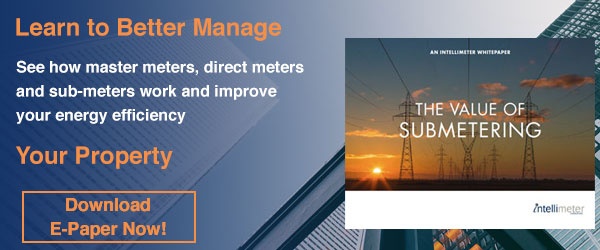Older multi-family properties with single main master utilities meter have no way to directly charge for energy used to their tenants. When tenants are not billed for their actual energy usage, they develop a careless mindset of wasting energy. The negative effect of this attitude results in undue and extremely high utility costs to property management companies.
Property owners and managers of master-metered apartment buildings are therefore turning to retrofit their properties with sub-meters.
Sub-meters are devices that can track each apartment’s utility consumption, allowing landlords to accurately bill their tenants for their precise share of the bill. Sub-meters are very effective at driving energy conservation, but they also save landlords money by reducing costs.
5 Ways Retrofit sub-meters save costs
1. Collecting Meter Readings
Labor and time involved in collecting information is the first hard cost. It can add up to several thousand dollars per year just to have someone read the meters directly and record the readings in a list. With sub-meters (digital and cloud-connected devices), these expenses can be eliminated entirely.
2. Adjustments
With old master meters landlords are not able to provide a bill to the tenant if there is a mid-month move-in or move-out. They either have to absorb the costs or collect payments from tenants that have moved out with additional costs. There is also no way to split the bill based on the day of the move-out, so landlords can only make estimates, which open up to disputes or not collecting the full cost. Sub-meters can provide five or 15 minute interval readings, hourly time of use reports and coincidental demand for individual apartments which allows landlords to split up the costs among the tenants more accurately.
3. Interest and Cash Reserves
The whole process of reading meters, collecting and transcribing data, allocating costs, sending invoices, and collecting payments can take up to 30-45 days from the end of the billing cycle. Landlords typically pay the utility company first and then wait to get reimbursed from residents. This process alone forces landlords to forego interest every year to front their tenant’s utility bills, which could add up to thousands every year. A submetering system with a software platform can provide real-time readings that can be used instantly, generating reports within minutes. By reducing the time-frame of the whole process with a submetering system, the stockpile of money and the interest could be put towards other productive investments, such as renovations, capital expenditures, and more.
4. Tenant Disputes
Modern sub-metering technology can help landlords avoid incorrect and over-billing tenant disputes altogether because readings are continuously recorded and uploaded to the cloud, which allows for any dispute to be resolved quickly.
5. Accounting Costs
Whether sub-metering is done through a third-party vendor or in-house using analog or outdated digital meters, having an employee do the work-related to tenant billing can take up about 10% of their total time. On the other hand, by installing a submetering system that integrates all the utilities with a software platform that produces reports to an accounting software; Allows landlords to have an automated billing system that will eliminate the cost of employee time and accellerate cash recovery.
Upgrading a sub-metering infrastructure is definitely worth the investment. The initial upfront investment to retrofit may seem high, the payback period can be quite short. Along with the right balance of long-term savings and incentives, retrofit sub-meters can save money for landlords, as well as help protect the environment.


